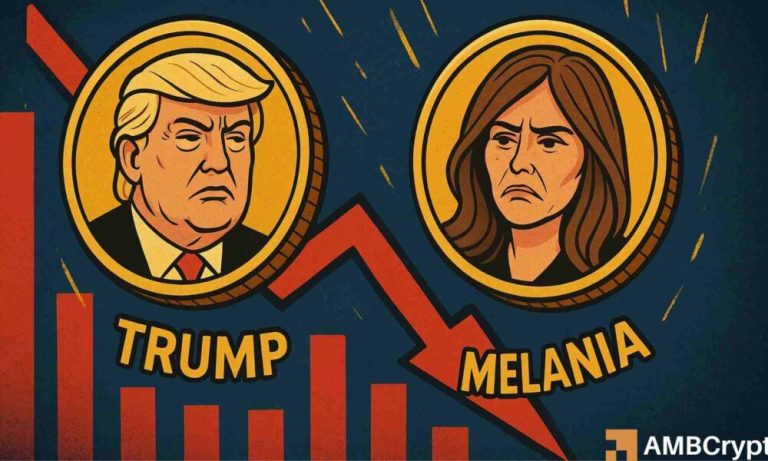
Traveling Through Time: How Europe’s Historical Heritage Shapes Modern Lifestyles in 2025
Traveling Through Time: How Europe’s Historical Heritage Shapes Modern Lifestyles in 2025. Europe, a continent steeped in history and heritage, has a profound impact on modern lifestyles. From the ancient ruins of Rome to the modern architecture of Barcelona, Europe’s historical heritage continues to shape the way we live, work, and interact with one another. In this article, we’ll explore the ways in which Europe’s historical heritage influences modern lifestyles in 2025.
Architecture and Urban Planning
Europe’s historical heritage is perhaps most visible in its architecture and urban planning. The continent is home to some of the world’s most iconic buildings and landmarks, from the Eiffel Tower to Big Ben. These structures not only attract tourists but also serve as a reminder of Europe’s rich history and cultural significance. In 2025, many European cities are incorporating their historical heritage into modern urban planning, creating unique and vibrant spaces that blend old and new.
For example, the city of Paris is currently undergoing a major renovation of its famous Champs-Élysées avenue, which will incorporate modern sustainable design while preserving the historic charm of the area. Similarly, the city of Rome is restoring its ancient ruins, making them more accessible to visitors while also incorporating modern technology and amenities.
Culture and Arts
Europe’s historical heritage also has a profound impact on modern culture and arts. The continent is home to some of the world’s most renowned museums, galleries, and performance venues, which showcase the works of famous artists, writers, and musicians. In 2025, many European cities are using their historical heritage to promote cultural exchange and understanding, hosting festivals, concerts, and exhibitions that celebrate the continent’s rich cultural diversity.
For example, the city of Berlin is hosting a major festival of contemporary art, which will feature works by local and international artists. The festival will take place in a historic warehouse complex, which has been converted into a modern art space. Similarly, the city of Vienna is hosting a series of concerts and performances, which will celebrate the works of famous composers such as Mozart and Beethoven.
Food and Drink
Europe’s historical heritage also influences modern food and drink culture. The continent is famous for its diverse cuisine, which reflects the different cultures and traditions of its many regions. In 2025, many European cities are incorporating their historical heritage into modern food and drink trends, creating unique and delicious dishes that blend old and new.
For example, the city of Italy is experiencing a resurgence of interest in traditional cuisine, with many restaurants and chefs incorporating historic ingredients and cooking techniques into modern dishes. Similarly, the city of Spain is famous for its tapas culture, which has been influenced by the country’s rich historical heritage and cultural exchange with other regions.
Conclusion
In conclusion, Europe’s historical heritage continues to shape modern lifestyles in 2025, from architecture and urban planning to culture and arts, food and drink. The continent’s rich history and cultural significance serve as a reminder of the importance of preserving and promoting our shared heritage, while also embracing innovation and progress. As we look to the future, it’s clear that Europe’s historical heritage will continue to play a major role in shaping modern lifestyles, inspiring new generations of artists, writers, musicians, and thinkers.






